China’s growing military prowess dominated global headlines in 2021. Beijing’s fast-paced developments — be it the innovation in hypersonic technology, indigenous aircraft, or naval power — took the world by surprise and sent the alarm bells ringing in the West.
The EurAsian Times takes a look at five big developments in China’s weapons research and development.
A Step Towards Militarizing Space
Chinese Manned Space Agency (CMSA) is in the process of constructing a space station, called Tiangong, in the low Earth orbit (LEO). This construction gained a major milestone in May this year when Beijing launched Tianhe, the first module of the orbiting space station.
The space station, the construction of which is likely to be completed by 2022, will host many experiments from both China and other countries.
Tiangong will have just three modules in total and is expected to be much smaller than the International Space Station (ISS) comprising 16 modules. The Chinese space station will also be lighter than the ISS. Many see this as a sign of China’s rapidly advancing technology.

In addition, the country is reported to have developed a Satellite Quantum System. The scientists involved in this project say that the quantum communication network that China has created in space will protect its electric power grid against potential cyber-attacks. The communist country has the world’s largest national power grid infrastructure.
Part of the network links the power grid of Fujian, the southeastern province closest to Taiwan, to a national emergency command center in Beijing. In May, the central government staff took part in a drill wherein they used the ultra-secure communication line to take control of the coastal province’s power grid operation.
Their commands were not vulnerable to tapping or manipulation by a third party.
China has also made progress with other types of satellites that can be used by its defense forces. Beijing claims to have launched a satellite that is capable of taking high-resolution photos of cities in the US from space.
According to experts, the Beijing-3 satellite — a small one-ton craft — captured photographs of a vast region around a US city in just 42 seconds.
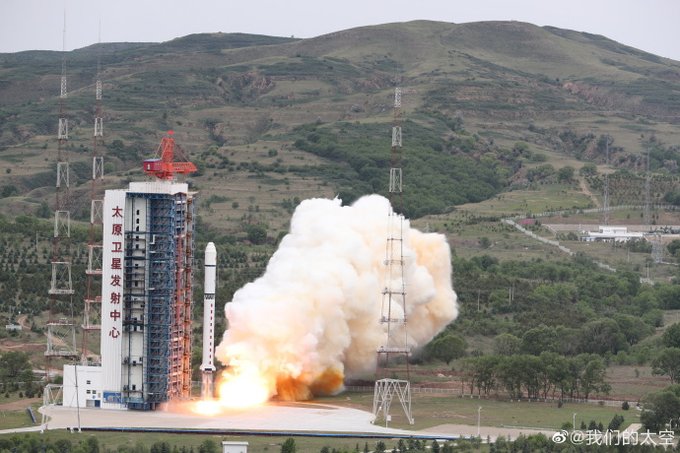
The pictures were detailed enough to recognize a military vehicle on the street and even tell what type of weapon it might be carrying. According to the leader of this project, Beijing-3 is the most nimble satellite and might be one of the most powerful Earth observation satellites ever made.
While space militarization research is fairly new for China, innovating in hypersonic weapons is relatively older. It has also claimed some stunning feats this year.
Swift Progress In Hypersonic Technology
China seems to be far ahead of the West in terms of developing hypersonic missiles. Recently, the country’s researchers revealed that they had made improvements to the software to better compute an optimum descent path for aircraft and drones traveling at hypersonic speeds.
Landing on airstrips is especially difficult when a vehicle has been traveling at such ultra-high speeds. Doing such a landing in dangerous and immediate military settings is even harder.
On November 21, Chinese state media reported that the country’s one-meter-class hypersonic aerodynamic wind tunnel, called the FL-64, had passed major calibration tests.
The objective of this tunnel is to serve China’s aerospace strategy and support the development of hypersonic weapons and equipment.
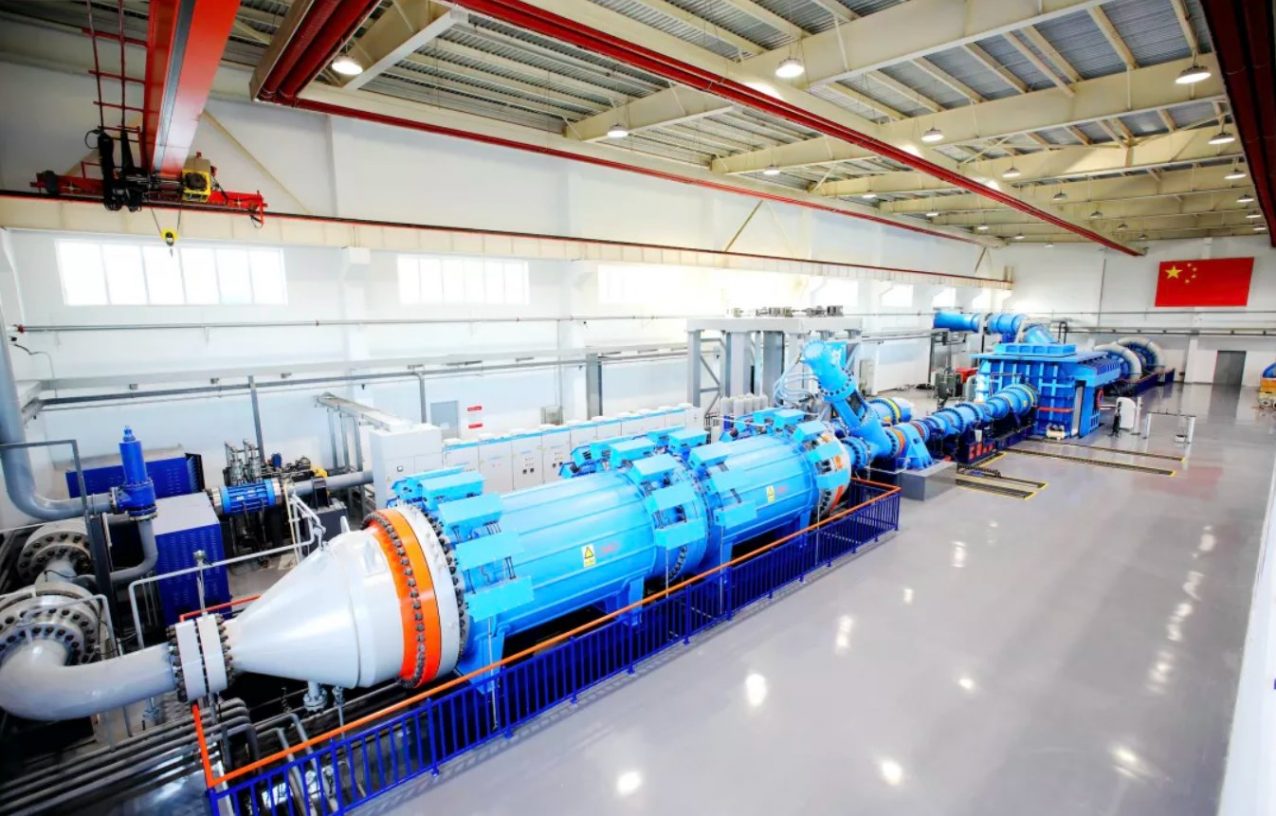
Another major development was revealed in early December when a senior US Space Force official revealed that China’s latest nuclear-capable hypersonic weapon system is orbital in nature. This indicates that the weapon system will be able to stay in space for a long period of time.
The Chinese hypersonic weapon, according to this official (Saltzman), has the ability to remain in orbit indefinitely unless the user decides against it. This unique technology also apparently employs a hypersonic glider capable of launching its own projectile to carry out a strike.
Another potentially game-changing development could be the development of a new manufacturing method for hypersonic engines. A team of Chinese scientists used a method that involves putting a fine powder of titanium and rare earth elements into a mold made of steel to make air inlets required in engines.
Marking a break from the long and expensive processes of making this component, this inlet is made within three hours. Scientists noted that no further processing is required as the surface is already smoothened.
The team further stated that this method is four times more precise than previously used techniques.

However, perhaps the biggest development this year has been the reports regarding China testing a new hypersonic missile in July.
US Joint Chiefs Chairman Gen. Mark Milley called this a “Sputnik moment” and revealed that this development had all of the attention from the American military.
Another US official also confirmed that this weapon circled the entire globe at Mach 5, or five times the speed of sound before hitting its target. The Pentagon is still working through the implications of the surprise test.
These developments, along with the quick pace of progress that the Chinese People’s Liberation Army Navy (PLAN) and the People’s Liberation Army Air Force (PLAAF) have made, have constituted threats to rivals in the region and in the West.
Boost To Naval Power
China has the largest Navy in the world. It has been trying to strengthen this institution by constructing a third aircraft carrier — labeled Type 003.
In August 2020, satellite images of the Jiangnan shipyard, where the country has been building its third carrier since 2018, emerged. China has made very quick progress in the construction of this vessel which is set to be commissioned in 2022.
The carrier’s most recent predecessor, Type 002 (Shandong), earlier known as Type 001A, entered service in 2019. Meanwhile, China’s oldest carrier, the Type 001 Liaoning, was declared combat-ready in 2016.
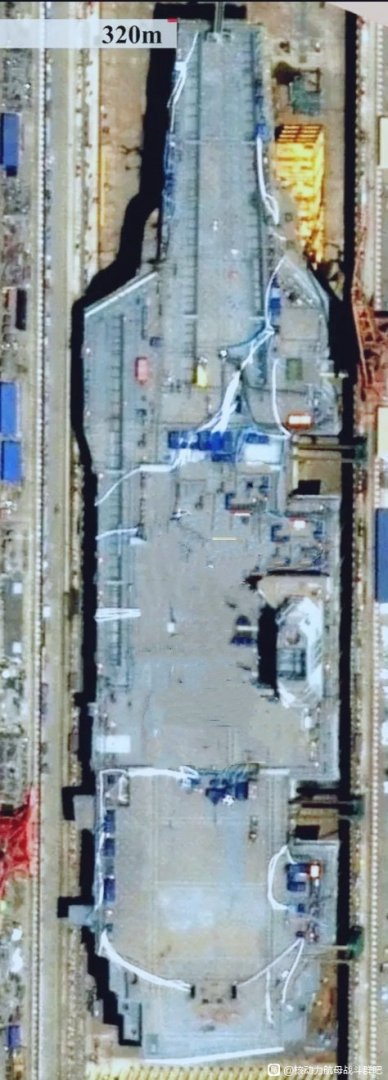
The country has also made significant progress in the development of what it calls the “world’s most powerful Stirling engine”. This is a form of heat engine that is used in power production and submarine propulsion.
The basic prototype of China’s first large-bore Stirling engine, developed by the No. 711 Research Institute under the China State Shipbuilding Corporation Limited (CSSC), is reported to have passed a performance test.
Other than this powerful engine, the nation is currently employing what seems to be the world’s largest antenna to improve its submarines’ surveillance and communication abilities. This will allow long-distance communications with submarines.
Production-wise, China is manufacturing 8 destroyers a year and the number of naval assets at its disposal seems to have equaled, if not surpassed those of the US.
Strengthening The PLA Air Force
As the year comes to an end, the Chinese aviation sector is wrapping up the production and test flights of various military aircraft. The majority of the Chinese firms have completed their work scheduled for the last week of 2021, while some are about to conclude.
China’s indigenous J-20 fighter jets made it to the news quite a number of times this year. In September, two of these stealth aircraft made their debut with the domestically-built engines at the opening ceremony of the Zhuhai Air Show in south China’s Guangdong Province.
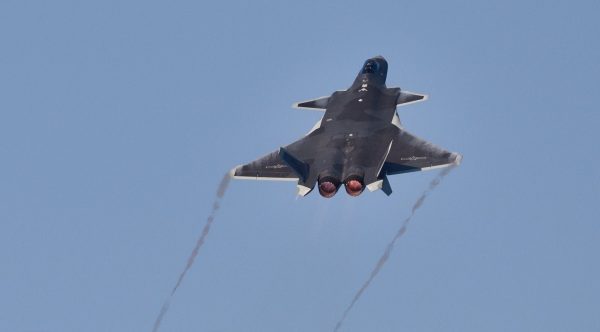
According to the state-controlled Global Times, the J-20 ‘Mighty Dragon’ recently set records in terms of aircraft deliveries. This implies that the warplane has great demand.
Experts have claimed that the J-20 has reached the mass manufacturing phase after being outfitted with the domestically made WS-10 engine. This is a step towards freedom from reliance on Russian engines.
Another new addition to the PLAAF that was visible this year was the Y-20U aerial refueling plane. On November 28, this air-refueling variant was sent into Taiwan’s air-defense identification zone (ADIZ) along with 26 other PLAAF aircraft.
According to China’s state-owned Global Times, the new aircraft will enhance the capabilities of PLA fighters by giving them extended range and endurance.
Hi-Tech Weapons & Next-Gen Fighter
The Zhuhai 2021 Airshow was a six-day event that showcased China’s homegrown aviation and space technologies. Newly-developed indigenous products like the J-16D electronic warfare aircraft and the WZ-7 high-altitude reconnaissance/surveillance drone were unveiled here.
In addition to these, other missiles, radars, and ground systems were also exhibited for international customers.
The J-20, Y-20 large transport aircraft, and the Z-20 utility helicopter – part of the ‘20 aircraft family’ – all symbolize Chinese efforts in self-reliance in defense manufacturing. Chinese aeronautical engineers also released a teaser about China’s next-generation carrier-borne fighter at the airshow.
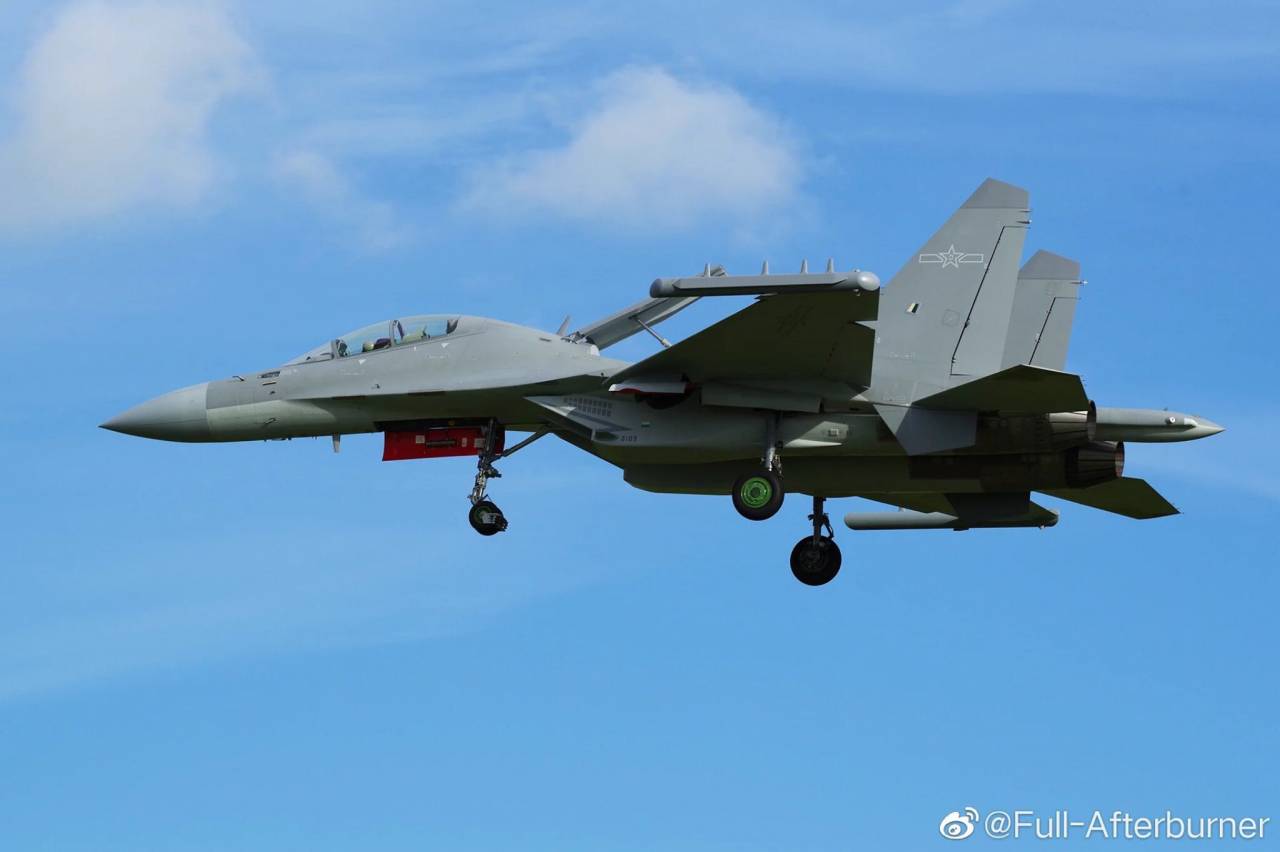
At the airshow, China unveiled the latest version of its “most advanced” PL-15 missile. Some analysts believe that it can pose a significant challenge to the US’ airpower.
This is a modern long-range beyond visual range (BVR) air-to-air missile (AAM) currently in use by the PLAAF. The export variant, the PL-15E, was also put on display at the Zhuhai airshow.
According to its manufacturer, the Aviation Industry Corporation of China, the PL-15E “has the ability to attack manned aircraft, unmanned aircraft, cruise missiles and other targets located more than 145km [90 miles] away”.
China’s J-16D Electronic Warfare aircraft also made its first public appearance at the Zhuhai Airshow. This led military observers to draw similarities between the PLAAF aircraft and the US’ EA-18G Growler.
In addition to these developments, China has also given great impetus to technology that can help out in the field of cybersecurity and warfare. Analysts believe that state-sponsored hacking by the country is at an all-time high.
Some have claimed that Beijing is engaging in a form of low-level warfare that is intensifying, in spite of efforts by the likes of the US and Britain to curb it. China has been accused of focusing these secretive activities on stealing intellectual property. Over the years, these efforts have become bolder and more reckless.
Owing to this and other counter-intelligence measures, China has been able to dodge intelligence agencies like CIA and MI6, and even one-up them. China seems to have done extremely well in the field of weapons this year.
- Contact the author at: shreyya.mundhra@gmail.com
- Follow EurAsian Times on Google News




